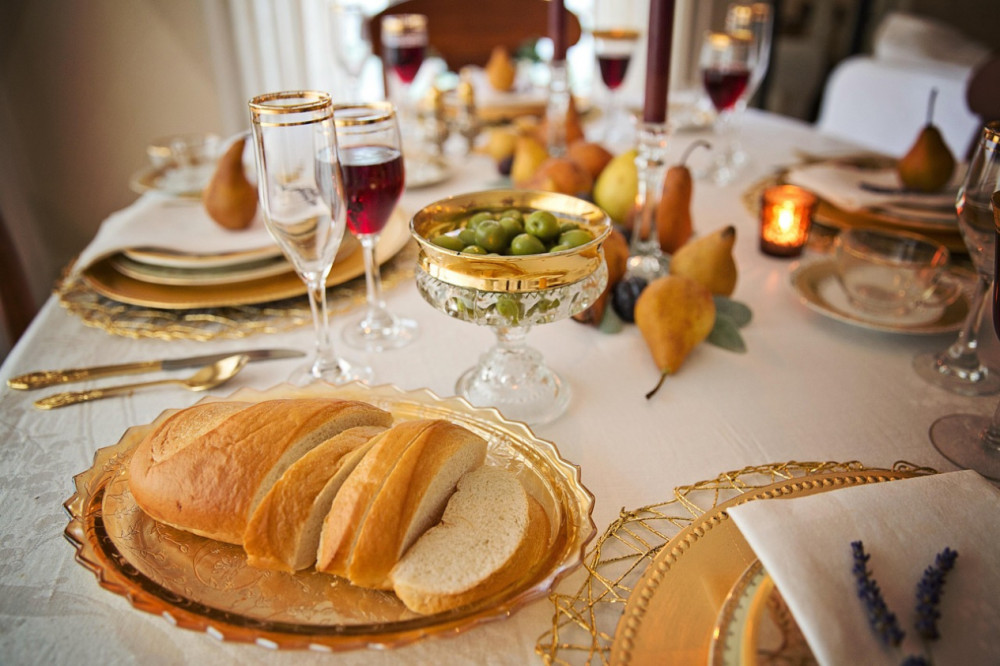
Biryani
What Is The Difference Between Pulav, Pilaf, Pulao, Pullaka, Or Pulla & Biryani?
It is said that “Biryani ka janm Iran me hua lekin jawan wo Hyderabad me nizam k Raj me hui”. Though the name biryani can be traced to the original Persian:” Brinj Biriyan” – which means, fried rice. If we talk about Iran, Deg or Degchi is put on Dum (Dum means ‘to breathe in’) this process is also known as DUM PUKHT which means to let dish breath and cook on its own aroma, flavors, and juices and sealed to encase those flavors. Biryani is made by layering parboiled or partially cooked rice along with marinated uncooked or cooked meat named kacchi & pakki respectively.
Vegetable biryani, the zenith of Indian Cuisine is believed to be brought by the Turk-Mongol conqueror, Timur at the frontiers of India in 1398.
Thought to have originated as a war-time menu from Timur’s army, the veg biryani was a clay vessel full of rice, spices & anything that was available. It was buried in a hot underground pit, to be eventually dug up and served, known as ‘Dum’ style.
Pullaka or Pulla are root words in Sanskrit which translates to rice and vegetables basically. Sideways Pulav, Pilaf, Pulao are Persian words derived from Sanskrit which has the same meaning.
Biryani is a Persian word derived from “Brinj”, “Briyan”, “Biriyani”.
TECHNIQUE
Biryani Is Made Using The Draining Method Of Cooking, Whereas Pulao Is Made Through The Absorption Method.
While preparing biryani, the rice is par-boiled in water and then drained. Whereas while preparing pulao, the amount of water or stock is completely absorbed by the rice and vegetables in the dish.
INGREDIENTS
Biryani is always prepared in layers, with at least one layer dedicated to meat or vegetables and another one for fried onions. While a pulao, the veggies, meat and rice are sauteed together, and then cooked in with water without layering
SPICES- The number of spices used in preparing biryani will significantly be higher than that of pulao.
TIME FACTOR-

Preparing biryani is a time-consuming process as compared to pulao. It is cooked on a very low flame that too in a sealed container (also known as slow cooking method), while pulao is cooked on medium to high flame, and thus is made quickly.




